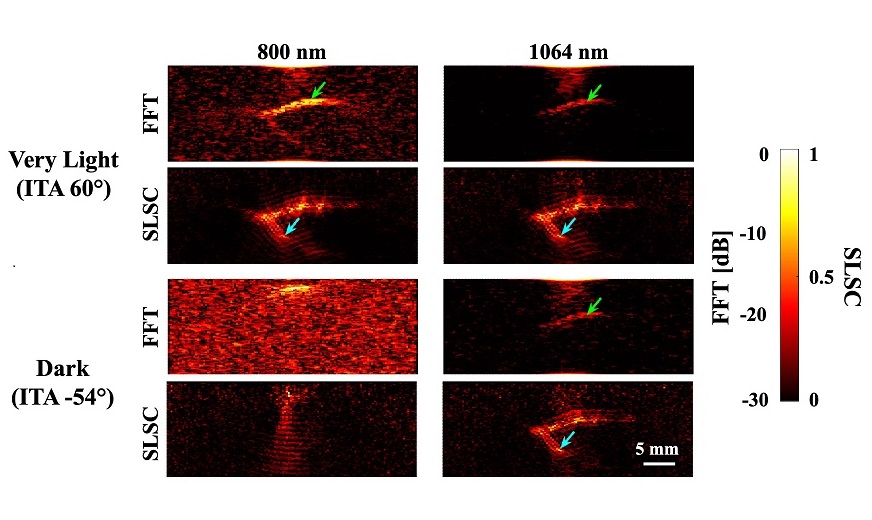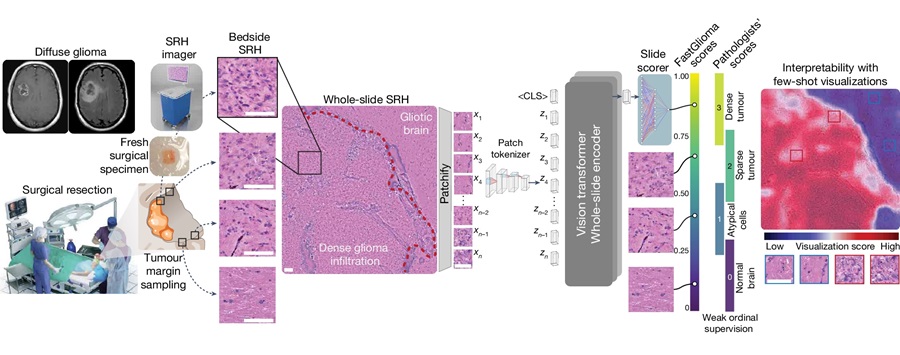New Imaging Technique Reduces Skin Tone Bias in Breast Cancer Detection
Posted on 19 Nov 2024
Breast cancer remains a significant global health issue, and early detection is key to successful treatment. Traditional imaging techniques like mammography often face challenges, particularly for women with dense breast tissue. Photoacoustic imaging, which uses a combination of light and sound to produce detailed images of breast tissue, presents a potential solution. However, recent research has identified a major issue: skin tone bias.
Researchers from Johns Hopkins University (Baltimore, MD, USA) conducted a study to assess how skin tone affects the visibility of breast cancer targets in photoacoustic imaging. Published in Biophotonics Discovery, the research evaluated three image reconstruction methods: fast Fourier transform (FFT)-based reconstruction, delay-and-sum (DAS) beamforming, and short-lag spatial coherence (SLSC) beamforming. The study involved simulations with various wavelengths (757, 800, and 1064 nm), target sizes (ranging from 0.5 to 3 mm), and skin tones (from very light to dark).

The findings revealed that traditional methods like FFT and DAS struggled to visualize small targets in darker skin tones, particularly at 757 and 800 nm wavelengths. Targets smaller than 3 mm were especially difficult to detect, with lower signal-to-noise ratios (SNR) and contrast-to-noise ratios (gCNR). In contrast, the 1064 nm wavelength showed notable improvements, particularly when paired with SLSC beamforming, enhancing the visibility of targets across all skin tones and providing clearer images with higher SNR and gCNR values.
The study findings offer promising implications for the future of breast cancer detection. By addressing the skin tone bias, photoacoustic imaging could become a more accurate and equitable tool for early diagnosis, benefiting women of all skin tones. The study highlights the importance of considering skin tone when designing next-generation imaging systems, ensuring more inclusive healthcare solutions.
“This work was motivated by a previously poor understanding of photoacoustic imaging performance under combined variations of small target sizes and darker skin tones,” said senior and corresponding author Muyinatu Bell. “Our results are enlightening, as we now have a better understanding of advanced photoacoustic imaging techniques and associated wavelengths necessary to detect small targets.”













